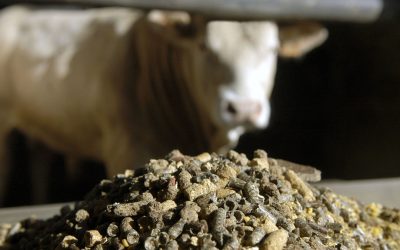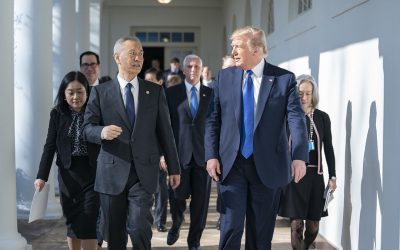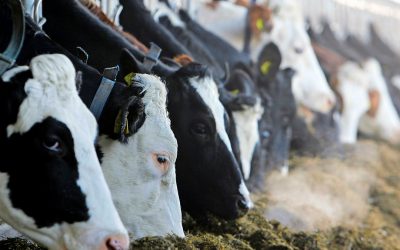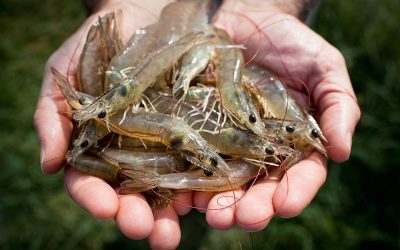US farmer heavily supported
The per-capita farm support in the United States is close to three times higher than in the European Union, concludes momagri, the France based movement for global agriculture.
The momagri SGPA (Global Support to Agriculture Production) indicator has come to expose a little known fact: Agricultural subsidies in the US are quite higher than the figures usually given, and very largely exceed those granted by the European Union (EU) and its member-states.
In fact, over $172 billion were appropriated in the US in 2010, against €76 billion in the EU, or €422 per capita in the US against €151 per capita in the EU, i.e. close to three times more.
This observation goes against stereotypes claiming that European farmers are the most assisted. And the gap continues to increase since 2008.
US market related subsidies
In the United States, policies aim to stimulate and secure agricultural output, from farmers to consumers, in a counter-cyclical manner, i.e. in taking market conditions into account.
One other specific feature is domestic food aid (54% of SGPA in 2010), generally considered as a social subsidy, which in fact represents an active subsidy to the American agricultural and agro-food sector, and is assessed at more than $94 billion.
The ongoing reform––the Agriculture Reform, Food and Jobs Act of 2012––is considering changing income protection mechanisms, but is maintaining the strength of an arsenal of subsidies.
EU farm related subsidies
In the EU, farm support mostly includes direct subsidies for farmers’ living standards (64% of SGPA in 2010), especially incorporating the Single Payment Schemes (SPSs), which account for 47% of all farm support paid in 2010.
The support rationale is geared to farmers, but is decoupled from production and market prices.
The European policy thus does not have the tools to react efficiently to price instability. And the post-2013 CAP reform proposed by the European Commission makes matters worse, without meeting the challenges of European farmers.
Increasing spending efficiency
In a press release, momagri calls on European leaders to incorporate in the future CAP genuine regulatory mechanisms that stabilize prices and agricultural incomes, while introducing more efficiency in EU spending.
With continuing policies momagri expects the EU must take on increased food dependence and all its consequences in social, financial and political terms.
The process has already begun, since the European Union has by now doubled imports during the past decade, and seems to import the equivalent of the production of farmland to the size of Germany.












